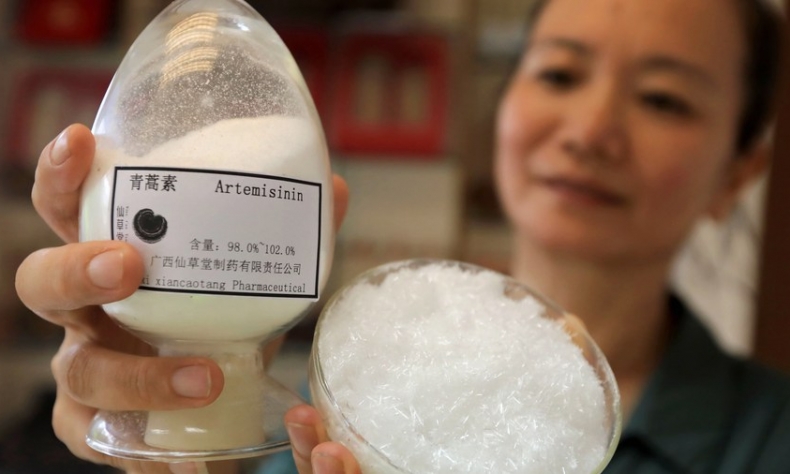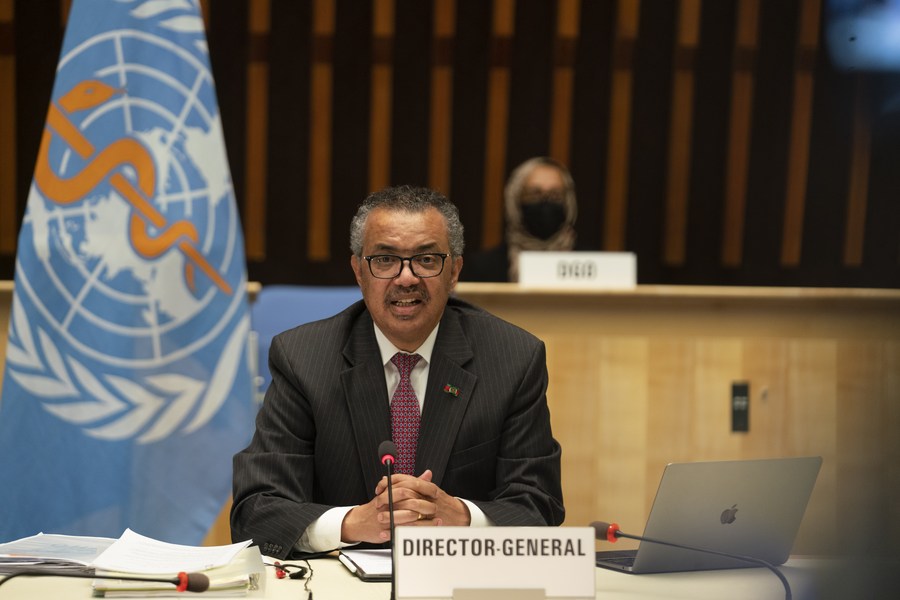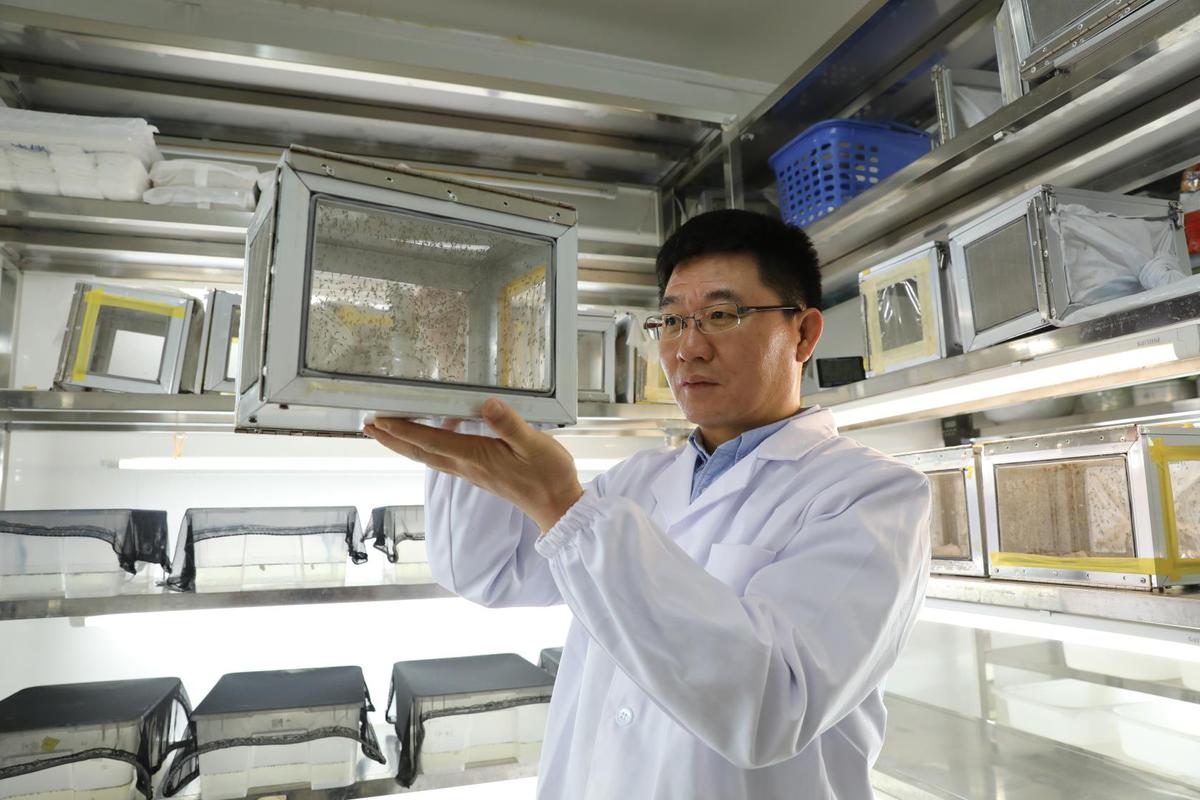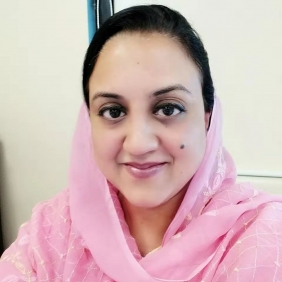The Malaria-Free Success of China is Worth Learning

After seven decades of tireless struggle and with effective health system, China has been awarded the certification – a remarkable feat for a country that reported 30 million cases of malaria in the 1940s.
On the eve of the 100th anniversary of the Communist Party of China (CPC), the World Health Organization (WHO) declared China got a malaria-free certification. Dr. Tedros Adhanom Ghebreyesus, Director-General of WHO, made this outstanding announcement and congratulated China for this hard-earned success. After seven decades of tireless struggle and with an effective health system, China has been awarded the certification – a remarkable feat for a country that reported 30 million cases of malaria in the 1940s.
This May, high-level WHO delegation travelled to China to verify China’s malaria-free status and it was declared by officials that there has not been a single case reported for the past more than three years. China became the 40th country of the world to be declared malaria-free.
This triumph is a result of various socio-economic factors, especially lifting population out of poverty, targeted actions, and sustained efforts. Apart from these factors, the CPC leadership, thinking out of the box, sustainable efforts and continued struggles have made this success possible. With such a huge country of 1.4 billion people, with multilayers of diverse ethnic groups living across the length and breadth with multiple borders, this is a powerful example for those countries still struggling to counter this disease. Indeed again a miracle in its own magnitude. For a country like Pakistan still struggling to control malaria, China is an example to follow.

Malaria, a mosquito-borne disease, is completely curable and preventable but has remained deadly for many years. Science has helped countries build their capacities, improve medical health facilities, infrastructure, and governance. Scientists believe that one of the major reasons for the spread of malaria is climate change as the mosquitos carrying malaria find their new and diverse habitats. These years, as a result of the reliance on science and latest medicinal techniques, an increasing number of countries have been certified malaria-free. Apart from this, it is worth remembering that Africa still have 94 percent of global malaria, killing nearly 400,000 people, mostly children every year in the content. According to an estimate, only in 2019, there were 229 million cases globally.
For achieving malaria-free status, a country must comply with certain international protocols and procedures. In order to get this global recognition, the applicant country must prove to the committee of experts appointed by WHO that there is no indigenous spread or rise of the disease for consecutive three years and there is a mechanism developed to handle any re-emergence. The nominated committee spends months in the country to move from different areas to collect data and investigate to finalize the report and submit it to WHO for final certification.
Chinese struggled against malaria begins in the 1950s, when health officials devised a strategic plan to help communities across the country to reduce the risk of malaria. This drive included administering antimalarial drugs, treatment facilitation, spraying areas where there are potential threats of breeding areas, use of insecticides. Later in 1967, the CPC leadership launched an important project called “523 project” that brought together scientists and institutions to find a cure for the local variant of malaria. The leadership of the time made the eye towards progress and development and these sort of indigenous problems and challenges must be dealt through strategic vision. If one step was not achieving desired goals, then the Chinese leadership made other ways and altered them according to the dynamics of the disease. Another important step that helped reduce malaria was the effective and widespread use of insecticide nets across the country. This step significantly alleviated malaria in the country.

By the early 21st century, China has been able to eradicate malaria from its soil to a large extent. In 2010, National Malaria Elimination Program was launched where all the ministries integrated central approaches through cohesion and coordination, making great strides in coping with the problem. With the help of wisdom, science and a strong approach, any malaria suspected case has been reported immediately, with medical investigation completed within three days and transmission traced within seven days. In so doing, Chinese medical experts and health officials have developed an effective mechanism to nip malaria in the bud with full force. With the central and better-coordinated mechanism, the Chinese government is following the right path. One of the important attitudes of Chinese officials is that one triumph after another does not make them stop their hard work, but rather these milestones boost them to continue marching forward. This is how great nations work tirelessly for their people and glory.
Another critical factor that has also contributed immensely is the way the country has lifted millions of people out of poverty as a result of the forty years’ reform and opening-up. China is now even extreme-poverty-free declared by President Xi Jinping and recognized by the global institutions and community. Through sustained economic recovery, there has been a comprehensive sociological uplift where people begin to understand about their hygiene and other necessary civic sense. The economic recovery has improved and built new roads, homes and hospital system that has resulted in the further uplifting of the living standards of average Chinese people.
Currently nearly 177 million Pakistani people, making up roughly 60 percent of the population, are at risk from the disease. Pakistan has a lot to learn from Chinese experience and as we are closer together, Pakistan needs to double down on its fight against malaria with lessons from China.
Copyedited by Liu Xiaomin
 Facebook
Facebook
 Twitter
Twitter
 Linkedin
Linkedin
 Google +
Google +



